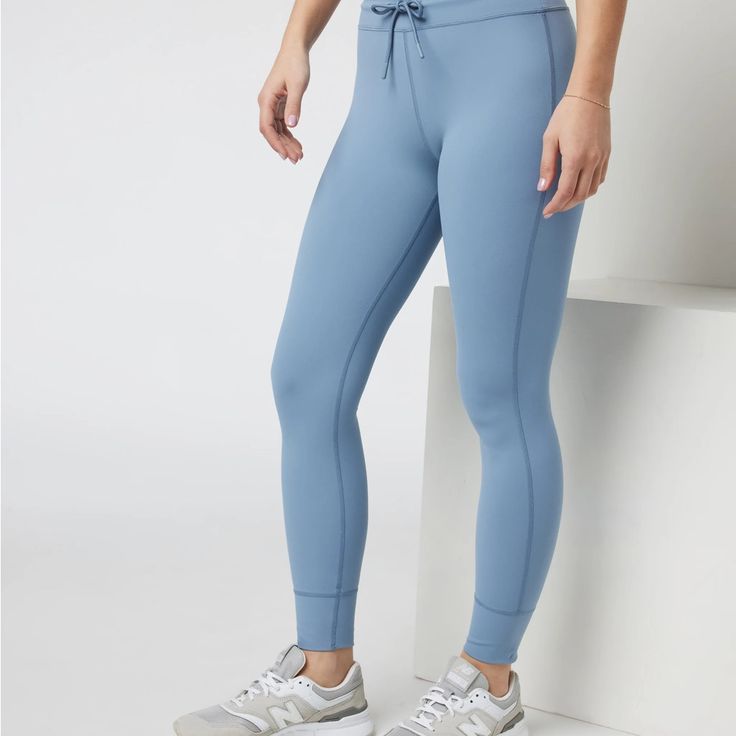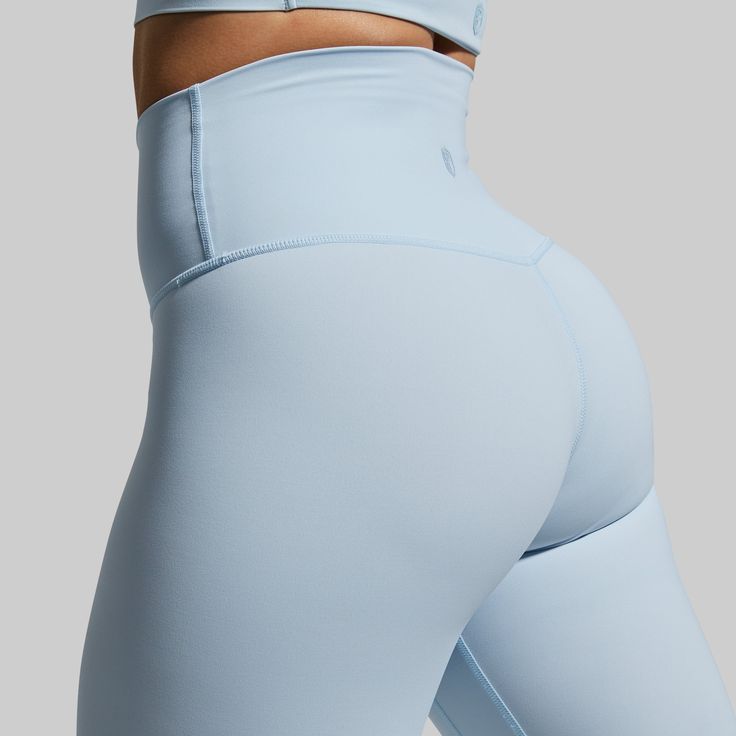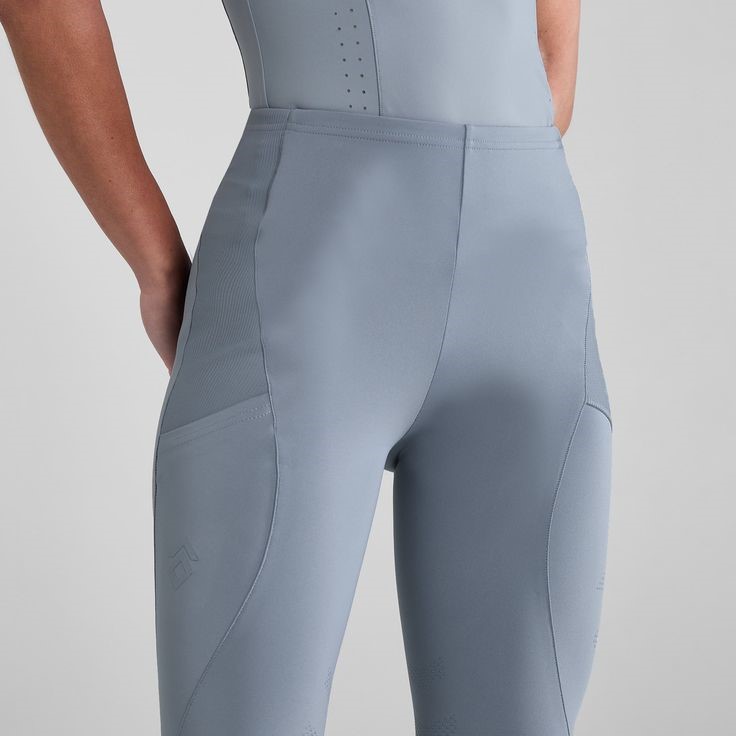Understanding What Leggings Are Made Of
If you’ve ever wondered what are leggings made of, this guide will provide all the answers. Leggings have become a wardrobe staple due to their versatility and comfort. However, not all leggings are created equal. The choice of material plays a crucial role in determining how well they perform during workouts or casual wear. Most leggings consist of a blend of synthetic fibers such as polyester, nylon, or spandex. These materials offer stretch, durability, and moisture-wicking properties that make them ideal for active lifestyles.
In recent years, there has been growing interest in sustainable and eco-friendly alternatives. Consumers now prioritize leggings made from recycled fabrics or natural fibers like cotton or bamboo. By understanding the components of leggings, you can make informed decisions about which ones suit your needs best. Transitioning into the next section, let’s explore the most common materials used in leggings today.

Common Materials Used in Leggings
What are leggings made of? The primary materials found in leggings include:
- Spandex: Also known as elastane, spandex is the key ingredient in leggings that provides elasticity. It ensures a snug fit without restricting movement, making it perfect for yoga, running, or dance. Typically, spandex makes up around 5-10% of the total fabric content, with higher percentages offering greater stretch. Some high-performance leggings use advanced spandex blends that combine superior flexibility with long-lasting recovery.
- Polyester: This durable fiber resists wrinkles and retains its shape after washing. Polyester also enhances breathability and dries quickly, making it an excellent choice for athletic wear. Blending polyester with spandex creates a lightweight yet supportive material ideal for high-intensity activities. Many brands experiment with different polyester compositions to enhance features like UV protection or thermal regulation.
- Nylon: Known for its smooth texture and strength, nylon adds sheen and flexibility to leggings. It pairs well with spandex for compression garments designed to improve circulation and reduce muscle fatigue. Nylon is often used in performance-focused leggings for athletes, especially those participating in sports requiring agility and speed.
- Cotton: While less common in activewear, cotton leggings offer softness and breathability. They’re great for everyday use but lack the stretch and moisture-wicking capabilities of synthetic blends. Some brands combine cotton with spandex to achieve a balance between comfort and functionality. Organic cotton leggings appeal to environmentally conscious consumers who prefer natural fibers over synthetics.
By combining these materials in varying proportions, manufacturers create leggings tailored to specific purposes, whether for fashion, fitness, or both. As we move forward, let’s examine how advancements in technology have led to innovative new materials.
 Innovations in Legging Materials
Innovations in Legging Materials
Modern science has paved the way for cutting-edge fabrics that enhance the wearer’s experience. Below are some notable developments in legging materials:
- Moisture-Wicking Fabrics: Designed to pull sweat away from the skin, these materials keep you dry and comfortable during intense exercise. Brands incorporate advanced polymer technologies to maximize this feature while maintaining softness and flexibility. For example, microfiber yarns trap moisture within their core while exposing dry surfaces to the air, accelerating evaporation.
- Anti-Odor Technology: Certain leggings come treated with antimicrobial agents that neutralize bacteria causing unpleasant smells. Silver ions embedded in the fabric are particularly effective at inhibiting odor growth, ensuring freshness even after prolonged use. Other methods involve integrating activated carbon particles into the weave, creating natural deodorizing effects.
- Recycled Fibers: Eco-conscious consumers appreciate leggings crafted from recycled plastics or ocean waste. Companies like Patagonia and Girlfriend Collective lead the charge in producing sustainable athletic wear using innovative methods to repurpose materials responsibly. Recycled polyester, for instance, reduces reliance on virgin resources while minimizing landfill contributions.
- Temperature Regulation: Thermoregulating fabrics adapt to body heat, keeping you cool in summer and warm in winter. Phase-change materials (PCMs) integrated into the fabric absorb or release heat depending on environmental conditions, providing year-round comfort. Some leggings feature dual-layer designs where inner layers retain warmth while outer layers dissipate excess heat efficiently.
These innovations highlight the ongoing evolution of leggings as manufacturers strive to meet consumer demands for performance and sustainability. Now, let’s discuss factors to consider when choosing leggings based on material.
Factors to Consider When Choosing Leggings Based on Material
Selecting the right pair of leggings depends on several considerations:
Purpose
- Activity-Specific Fabric Selection: When choosing leggings, it’s essential to consider their intended purpose. If you plan to wear them primarily for exercise, prioritize features like moisture-wicking and anti-odor properties. These qualities help keep you dry and comfortable during workouts by drawing sweat away from the body.
- Casual Outings Focus: For casual outings or everyday wear, your focus should shift towards style and comfort. Leggings meant for leisure should offer a good balance between aesthetic appeal and wearability.
- Material Composition: Different activities necessitate different material compositions to optimize performance. For example, high-impact sports such as running or aerobics benefit from leggings made of thicker, more compressive fabrics that provide additional support. Conversely, low-intensity workouts like yoga or stretching can utilize lighter, softer materials that promote ease of movement.
Fit and Compression
- Compression Benefits: Compression leggings, typically made from blends of nylon and spandex, are designed to support muscles and improve blood flow. This is particularly beneficial for activities like running or cycling, as the extra support can help reduce fatigue and aid in recovery.
- Looser Fit Options: On the other hand, individuals seeking relaxation may prefer looser-fitting leggings made from softer materials. These leggings provide comfort and freedom of movement without restrictive tightness.
- Stability Features: Look for leggings that include features like adjustable waistbands or silicone grips. These elements enhance stability during dynamic movements, ensuring that the leggings stay in place whether you’re running, jumping, or bending.
Sustainability
- Eco-Friendly Choices: If reducing your environmental impact is important to you, opt for leggings produced sustainably. Many brands now focus on eco-friendly practices in their production processes.
- Certifications to Look For: Search for certifications such as GOTS (Global Organic Textile Standard) or OEKO-TEX, which ensure that the materials used are safe and that the manufacturing processes adhere to ethical standards.
- Brand Transparency: Brands that are committed to transparency often disclose their sourcing methods and production processes. This allows customers to make informed decisions that align with their values concerning ethical consumerism and sustainability.
Care Instructions
- Importance of Care Labels: Always check care labels on your leggings to ensure their longevity. Following recommended care instructions will help maintain the fabric’s integrity and extend the lifespan of your investment.
- Washing Recommendations: Choose machine-washable leggings for convenience, as they save time and effort. However, delicate fabrics may require handwashing or the use of special detergents to avoid damage.
- Maintenance Tips: Proper maintenance practices extend the life of your leggings. Avoid harsh chemicals and excessive heat when cleaning technical fabrics, as these can compromise their unique properties and performance features.
By weighing these factors carefully, you increase the likelihood of finding leggings that align perfectly with your preferences and lifestyle. Moving ahead, let’s address frequently asked questions about leggings.
FAQs About Legging Materials
Potential buyers often raise concerns regarding quality, comfort, and sustainability. Here are answers to common queries:
- Why do leggings roll down during use?
Rolling occurs when the elastic band loses tension over time or if the material isn’t stretchy enough. High-quality leggings with adequate spandex content prevent this issue. Additionally, reinforced waistbands or compression panels help maintain position throughout extended wear. - Are cotton leggings suitable for workouts?
Cotton absorbs moisture rather than wicking it away, making it less ideal for strenuous activities. However, cotton blends with spandex work well for low-intensity exercises or leisurewear. For optimal performance, stick to synthetic blends specifically engineered for athletic purposes. - How do I wash leggings to preserve their shape?
Turn them inside out before washing and avoid harsh chemicals. Use cold water and gentle cycles to retain elasticity and color vibrancy. Air-drying instead of tumble drying prevents shrinkage and maintains structural integrity. Storing leggings folded flat rather than bunched minimizes creasing and stretching.
Equipped with this knowledge, shoppers make smarter purchasing decisions suited to their needs. Finally, let’s summarize key takeaways from our discussion thus far.
Summary
Understanding what are leggings made of empowers you to choose products that match your requirements for comfort, performance, and sustainability. From classic spandex blends to innovative eco-friendly options, modern leggings cater to diverse lifestyles and preferences. By staying informed about material innovations and proper care techniques, you extend the lifespan of your favorite pieces while enjoying enhanced benefits.
In conclusion, whether prioritizing functionality for workouts or embracing stylish designs for everyday wear, selecting leggings based on material ensures satisfaction every step of the way. Start exploring today and discover what sets apart the best leggings for you!





